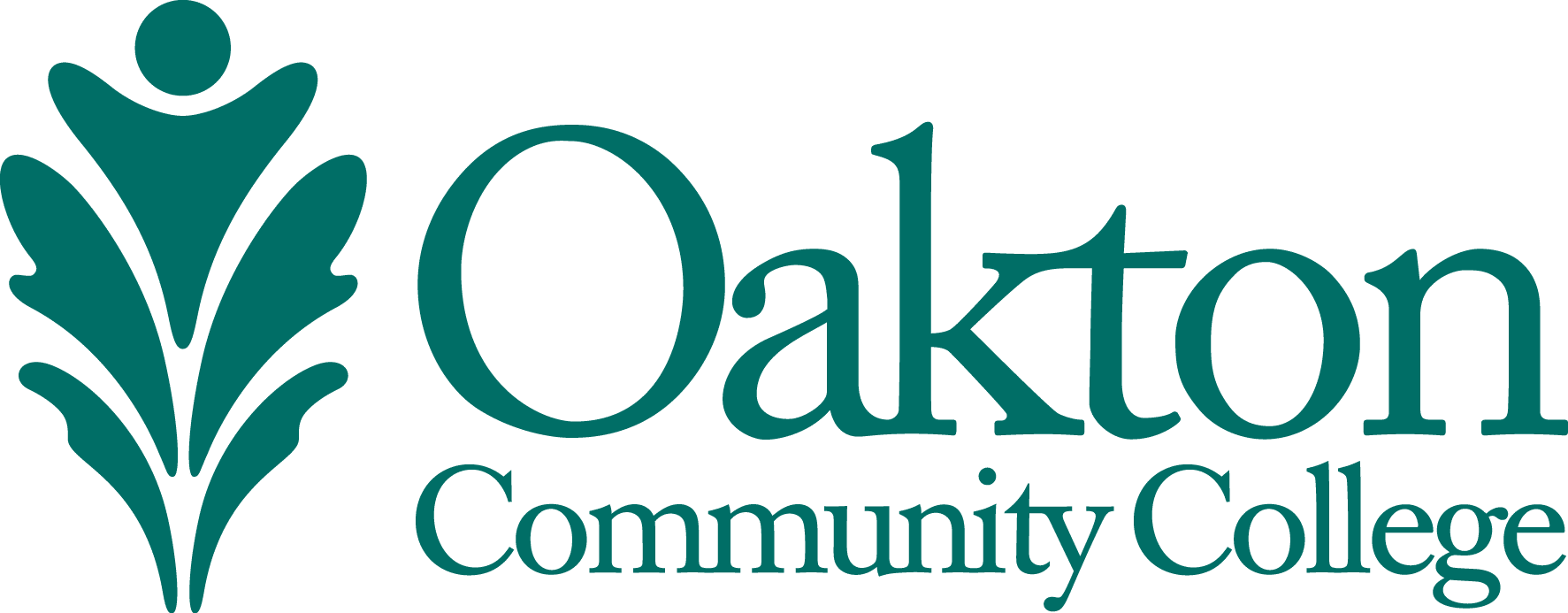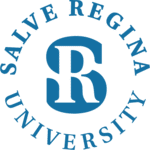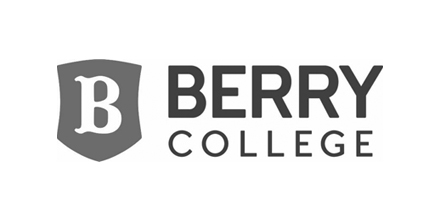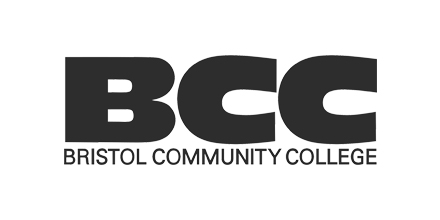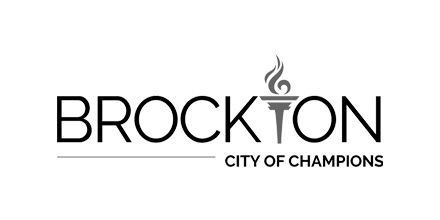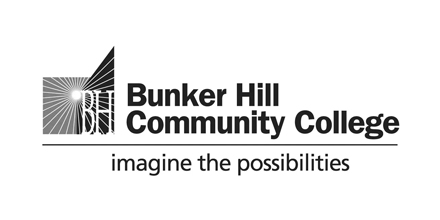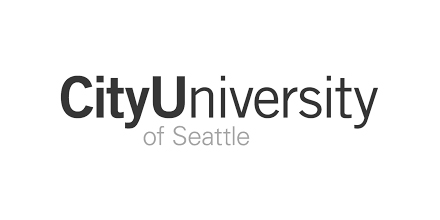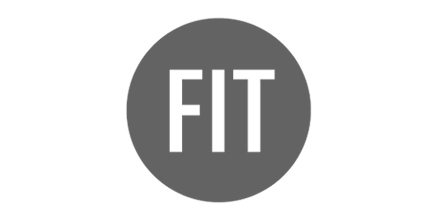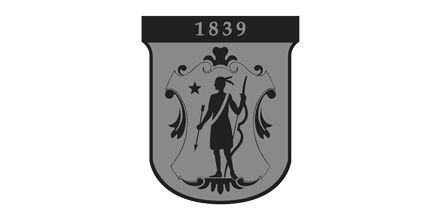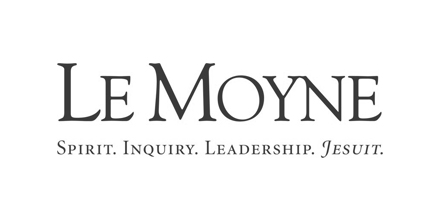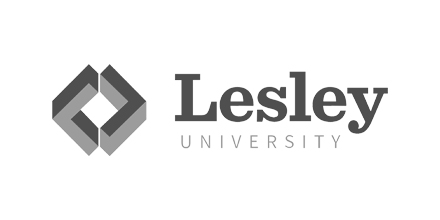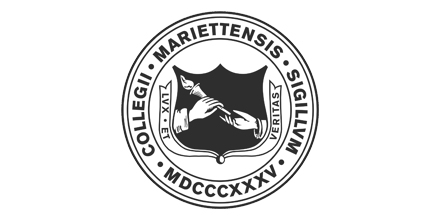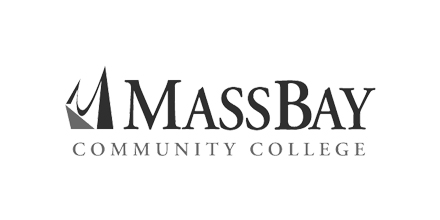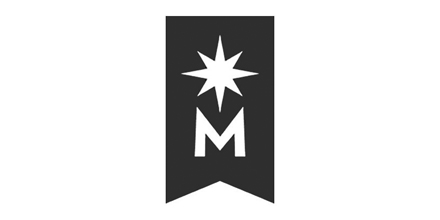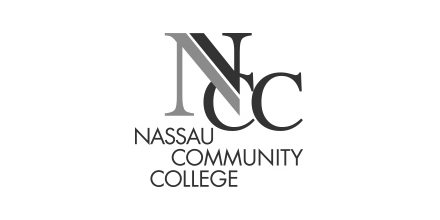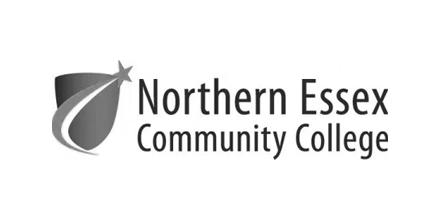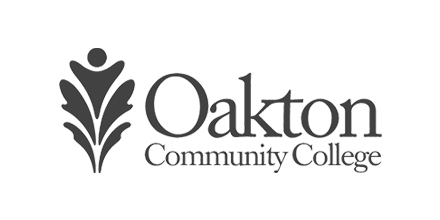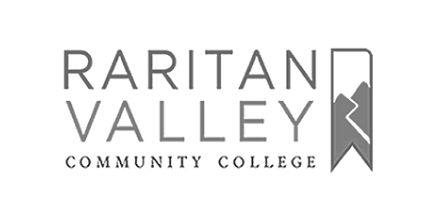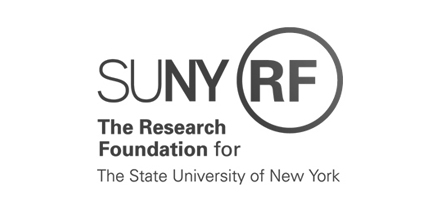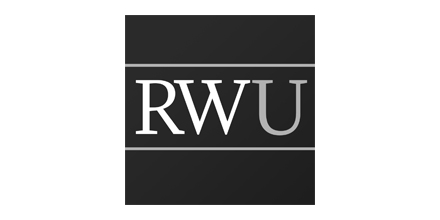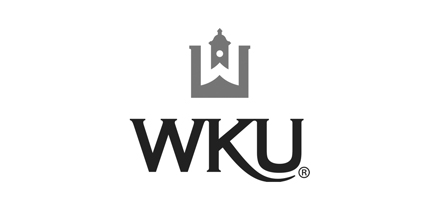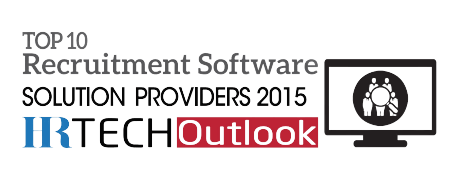HR departments are facing increasing pressure to make smarter, data-driven decisions. Whether it’s recruiting top-tier faculty, improving retention rates, or optimizing staff workflows, the power of data analytics has proven to be a game-changer. By leveraging analytics, HR departments in universities can gain actionable insights, improve operational efficiency, and create more strategic HR policies. This blog explores how data analytics can elevate HR decisions, focusing on key areas like recruitment, retention, and workforce planning.
Why Data Analytics is Vital in University HR
In higher education, HR decisions impact a variety of factors, including the quality of education, faculty morale, student satisfaction, and institutional reputation. Traditionally, HR practices were based on intuition and historical data, but today’s fast-paced and diverse landscape demands a more scientific approach. Data analytics helps universities make informed decisions, maximize resources, and predict future trends with greater accuracy.
By harnessing data analytics, universities can analyze patterns in hiring, faculty and staff performance, turnover rates, and engagement surveys. This data allows for more strategic planning and decision-making, ensuring that the institution can attract, retain, and nurture top talent.
Key Benefits of Data Analytics in University HR
- Optimizing Recruitment and Hiring Processes
Recruiting top talent has always been a challenging task, and as universities become more competitive, the need to streamline recruitment processes becomes even more critical. Data analytics offers invaluable insights into which recruitment channels are most effective, which job descriptions attract the most qualified candidates, and which demographic groups are being underrepresented in faculty and staff roles.
- Recruitment Insights: By tracking data on the time-to-hire, cost-per-hire, and candidate sources, HR departments can identify trends and optimize their recruitment strategies.
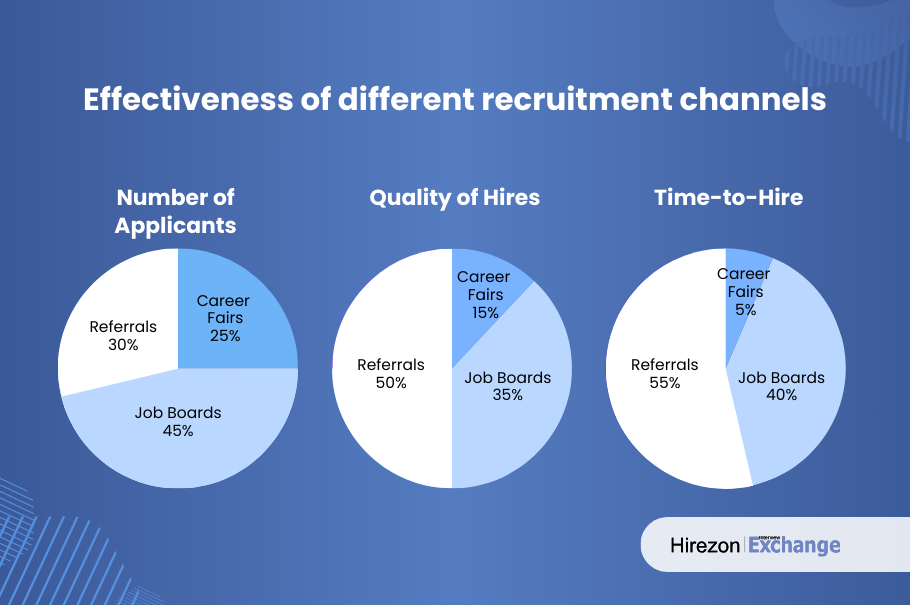
Enhancing Retention Rates
University HR departments often struggle with retaining faculty and staff members. High turnover rates not only result in higher recruitment costs but can also negatively affect institutional continuity and student experience. By using predictive analytics, HR can identify early signs of disengagement or dissatisfaction among faculty and staff, such as declining performance reviews, lack of engagement, or increasing absenteeism.
- Predictive Retention Models: Data analytics can forecast which faculty members are at a high risk of leaving based on historical patterns and Faculty and staff behavior. Once HR identifies these trends, targeted interventions, such as professional development programs or mentorship opportunities, can be implemented to improve faculty and staff satisfaction and retention.
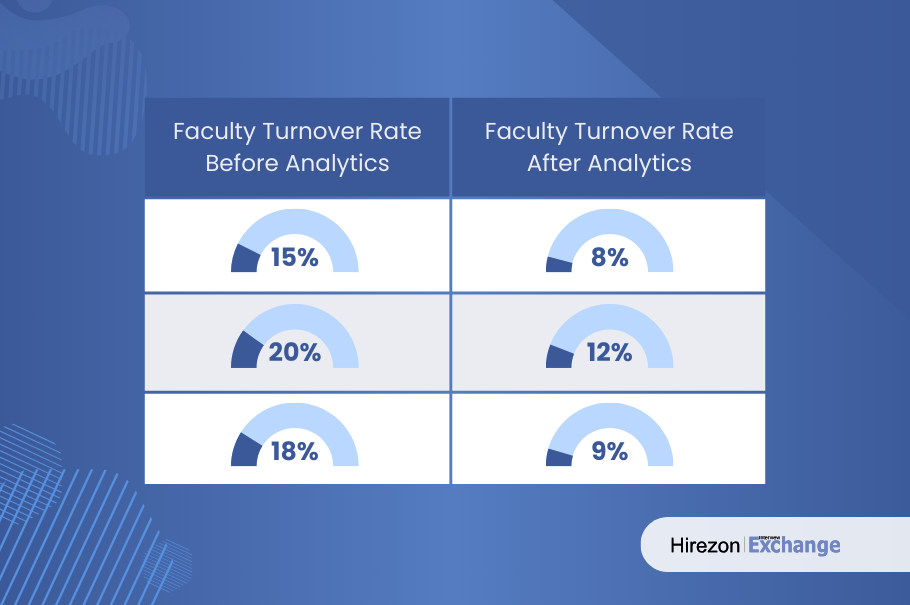
Effective workforce planning is essential for any university to ensure that resources are optimally allocated. By using data analytics, HR teams can predict staffing needs based on factors like enrollment trends, faculty retirement projections, and changes in academic programs. This allows HR departments to plan for future hiring needs and make data-informed decisions regarding temporary or adjunct staff hires.
- Predictive Modeling for Workforce Needs: Analyzing student enrollment data, program growth projections, and faculty retirement trends helps HR departments anticipate future faculty shortages and adjust their recruitment efforts accordingly.
- Improving Faculty and staff Engagement and Satisfaction
Faculty and staff engagement is a critical factor in reducing turnover and improving job performance. Data analytics allows universities to measure Faculty and staff satisfaction through engagement surveys, feedback tools, and performance reviews. Analyzing this data helps HR identify areas where faculty and staff are dissatisfied and provides insights into where improvements can be made.
- Engagement Surveys: Universities can use data analytics to aggregate Faculty and staff feedback from surveys and focus groups, uncovering common themes such as inadequate professional development opportunities, lack of work-life balance, or insufficient recognition programs.
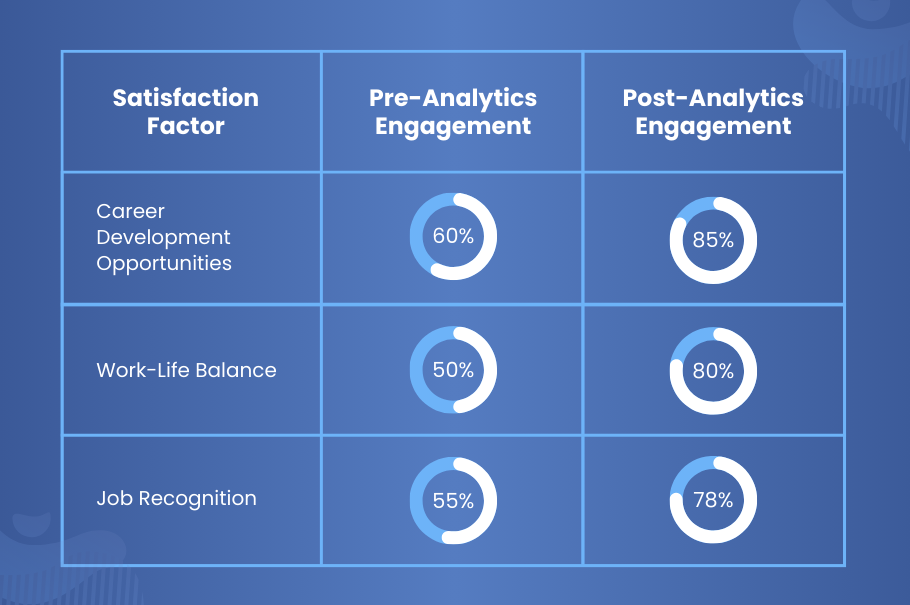
Overcoming Challenges in Adopting Analytics in HR
While data analytics offers incredible potential, there are several challenges that universities must overcome to fully leverage these tools. Below are some of the common hurdles and how to address them:
- Data Silos: Often, university data is spread across various departments, making it difficult to obtain a unified view of HR data. To overcome this, universities must invest in integrated HR systems that centralize data and make it accessible to HR teams.
- Skill Gaps: Not all HR professionals are trained in data analytics. Universities should offer training programs to upskill HR staff in data interpretation and analysis.
- Technology Investment: Adopting data analytics tools requires an investment in technology. Universities must prioritize scalable, user-friendly platforms that integrate with existing systems.
Making Data Actionable: Best Practices for Universities
Data analytics is only valuable if it leads to actionable insights. To make the most out of analytics, universities should focus on the following best practices:
- Set Clear HR Goals: Align analytics with the university’s broader strategic goals. Whether it’s increasing faculty diversity or reducing turnover, having clear objectives will help focus efforts.
- Measure the Right Metrics: HR departments must track metrics that truly reflect institutional priorities. For example, faculty engagement scores or tenure-track completion rates are more important than simply tracking general Faculty and staff satisfaction.
- Regular Monitoring: Analytics is not a one-time exercise. Regularly monitoring HR data allows institutions to identify emerging trends, make adjustments, and measure the effectiveness of interventions.
- Leverage Technology: Use analytics platforms that offer real-time data and dashboards, allowing HR to quickly adjust strategies and make informed decisions.
Data-Driven HR for Better University Outcomes
Data analytics is transforming the way HR departments in universities make decisions. From optimizing recruitment processes to improving retention rates and engagement, data provides the insights needed to create more effective HR strategies. By investing in data-driven tools and practices, universities can ensure they remain competitive, attract top talent, and foster an environment that supports the success of both faculty and students.Ready to see how data analytics can transform your HR processes? Book a demo with Hirezon today and learn how our platform can help your university make smarter, data-driven decisions.



